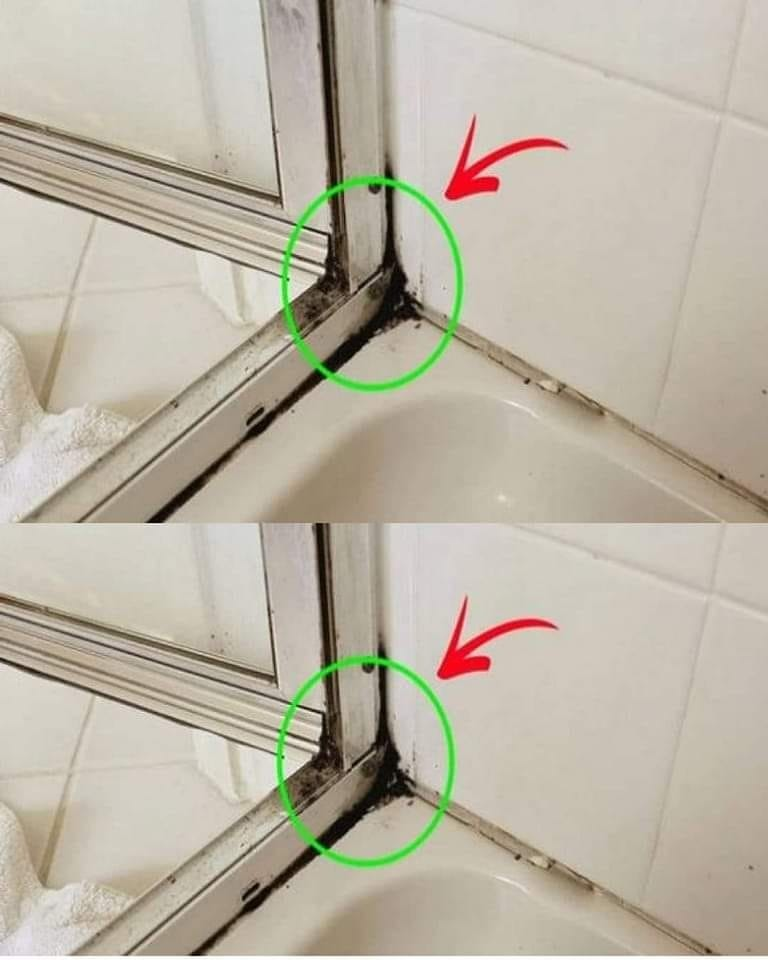ADVERTISEMENT
Mix one part bleach with two parts water in a spray bottle.
Apply the solution to the mildew-affected silicone.
Place cotton balls or strips soaked in the bleach solution directly onto heavily stained areas.
Let it sit for 30 minutes to an hour.
Scrub gently, rinse, and wipe dry.
Important: Ensure proper ventilation when using bleach and wear gloves to protect your skin.
4. Use Hydrogen Peroxide as an Alternative
If you prefer a non-bleach method, hydrogen peroxide is a powerful disinfectant.
Soak cotton balls or strips in hydrogen peroxide.
Press them onto the affected areas.
Leave them for an hour or longer.
Scrub, rinse, and dry the silicone seals.
5. Remove and Replace Silicone (If Necessary)
If mildew has deeply penetrated the silicone, cleaning may not be enough. Replacing the silicone is the only way to ensure a long-lasting solution.
Steps for Silicone Replacement:
Remove Old Silicone:
Use a utility knife to carefully cut away the old silicone seal.
Scrape off any residue and clean the area thoroughly.
Clean and Prepare:
Ensure the surface is completely dry before applying new silicone.
Apply New Silicone:
Use a mold-resistant silicone sealant.
Apply the sealant evenly and smooth it with a damp finger or silicone tool.
Allow it to cure for at least 24 hours before using the shower.
Preventing Mildew from Returning
Prevention is the key to maintaining a mildew-free shower. Follow these steps to keep your bathroom clean and fresh:
For Complete Cooking STEPS Please Head On Over To Next Page Or Open button (>) and don’t forget to SHARE with your Facebook friends
